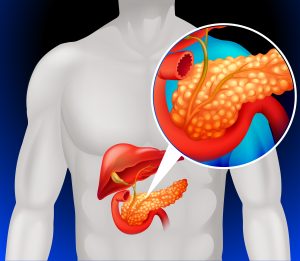Services
Biliary Reconstruction

This is a surgery done to fix or rebuild the bile ducts so bile (a fluid that helps digest fat) can flow from the liver to the small intestine. It’s needed when the bile ducts are damaged, blocked, or removed.
Indications for Surgery:
Bile Duct Injury: Damage during surgery (like gallbladder removal) or from an accident.
Bile Duct Cancer (Cholangiocarcinoma): When part of the duct must be removed.
Biliary Strictures: Narrowing of the bile duct due to scar tissue.
Surgery Complications: Problems from earlier operations.
Birth Defects: Rare issues present at birth that affect the bile ducts.
Types of Biliary Reconstruction:
Roux-en-Y Hepaticojejunostomy: A piece of the small intestine is connected to the liver’s bile ducts to let bile flow. Used when major damage or blockage occurs.
End-to-End Anastomosis: The two ends of the bile duct are stitched back together if the damage is small.
Biliary Stenting: A small tube (stent) is placed to open a blocked duct.
Liver Transplant: Needed if the liver or ducts are too damaged to fix.
Procedure
Anesthesia: You are put to sleep so you won’t feel anything.
Incision: A large cut is made in the belly, or small cuts if using a camera (laparoscopy).
Reconstruction:
The surgeon reconnects the bile ducts or joins them to the small intestine.
A stent or drain might be added to keep bile flowing and avoid blockages.
Closing Up: The cut is closed with stitches or surgical glue.

